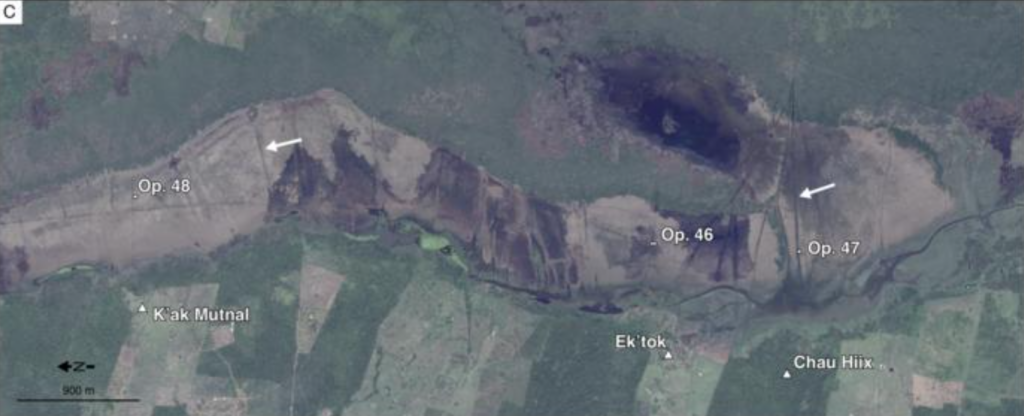Ancient fish-trapping network supported the rise of Maya civilization
Harrison-Buck and her colleagues calculated that at its peak, the system could have produced enough fish each year to feed around 15,000 people. That’s based on modern estimates of how many kilograms of fish people eat every year, combined with measurements of how many kilograms of fish people in Zambia harvest with similar traps. Of course, people at Crooked Tree would have needed to preserve the fish somehow, probably by salting, drying, or smoking them.
“Fisheries were more than capable of supporting year-round sedentarism and the emergence of complex society characteristic of Pre-Columbian Maya civilization in this area,” write Harrison-Buck and her colleagues.
When we think about the Maya economy, we think of canal networks and ditched or terraced fields. In just one patch of what’s now Guatemala, a lidar survey revealed that Maya farmers drained thousands of acres of swampy wetland and built raised fields for maize, crossed by a grid of irrigation canals. To feed the ancient city of Holmul, the Maya turned a swamp into a breadbasket. But at least some of their precursors may have made it big on fish, not grain. The common feature, though, is an absolute lack of any chill whatsoever when it came to re-engineering whole landscapes to produce food.

This Google Earth image shows the area containing the ancient fishery.
Infrastructure built to last and last
From the ground, the channels that funneled fish into nearby ponds are nearly invisible today. But from above, especially during the dry season, they stand in stark contrast to the land around them, because vegetation grows rich and green in the moist soil at the base of the channels, even while everything around it dries up. That made aerial photography the perfect way to map them.
https://arstechnica.com/science/2024/11/ancient-fish-trapping-network-supported-the-rise-of-maya-civilization/